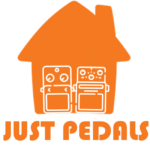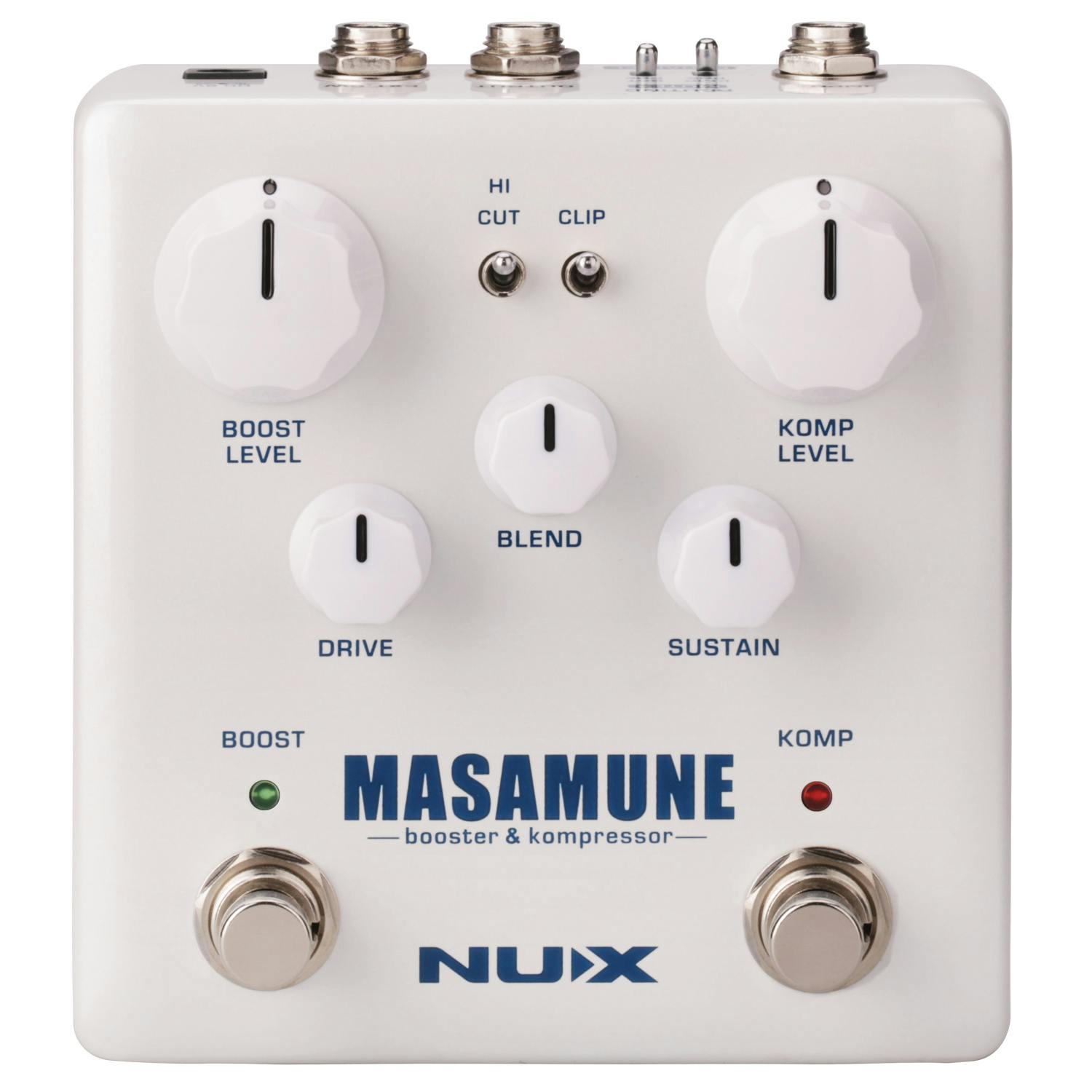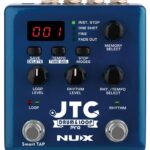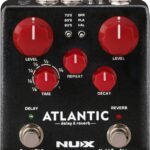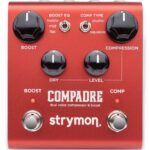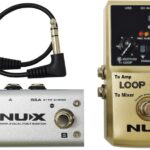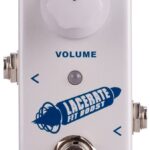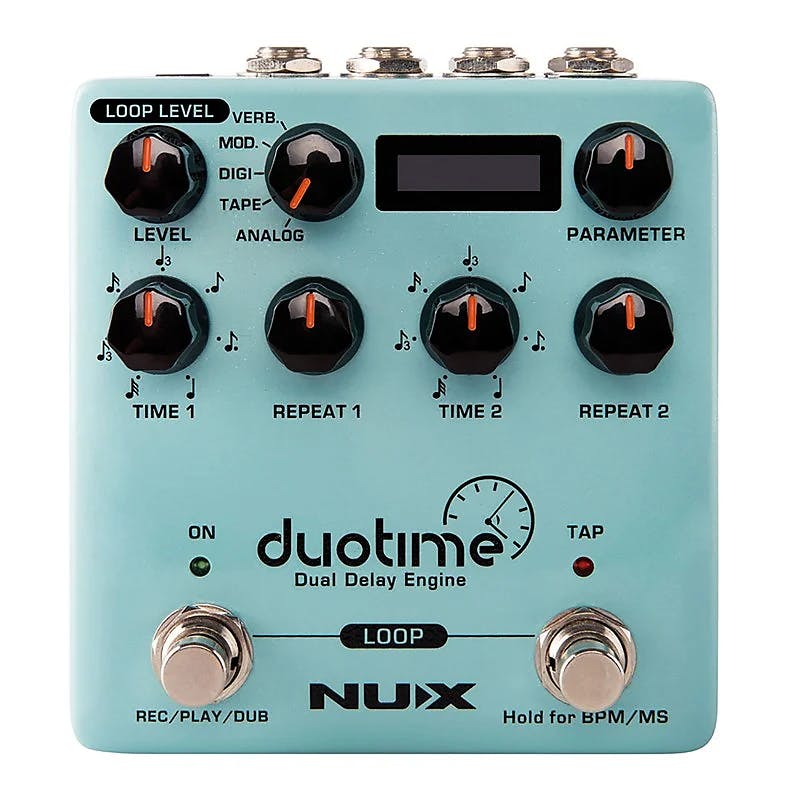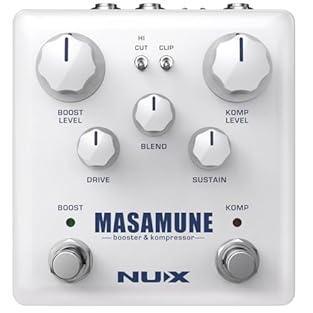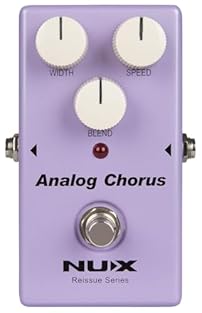Tasty Pedals made by Nux
Nux pedals are known for delivering impressive sound quality and innovation at great value, making them a favourite among guitarists of all levels. Their range covers everything from warm analogue overdrives and dynamic delays to powerful multi-effects units packed with digital precision. Nux often blends modern tech like impulse responses and Bluetooth control with classic tones, offering versatility without breaking the bank. Reliable, creative, and constantly evolving, Nux pedals prove you don’t need to spend a fortune to sound fantastic.
Just Pedal Ingredients.
Boost — A boost pedal is like that extra drizzle of olive oil or pinch of salt that brings the whole dish to life. It doesn’t change the flavour — it enhances it. By increasing your signal level without colouring your tone, a boost adds clarity, punch, and presence to whatever’s already on your plate. Whether you use it to push your amp into natural overdrive, lift a solo above the mix, or add that last bit of sparkle before serving, a good boost pedal is the chef’s secret ingredient. Simple, pure, and essential — it’s the appetiser that makes every course taste better.. Compressor — A compressor pedal evens out your playing by reducing the volume of loud notes and boosting quieter ones, creating a more balanced and consistent sound. It helps smooth dynamics, add sustain, and bring out detail in your tone — especially useful for clean guitar parts, funk rhythms, and country-style picking. By controlling attack and release settings, you can tailor how quickly the compression reacts, from subtle smoothing to tight, punchy control.
In a pedalboard setup, a compressor can be used early in the signal chain to shape your overall response or after drives to tame peaks. It adds polish and presence, helping your guitar sit better in a mix and feel more refined under the fingers. A good compressor doesn’t just level your sound — it enhances your tone, giving every note clarity, strength, and definition.. Dual. Pedal — Your pedal is like a signature dish for your sound — a flavour-packed creation that transforms the bland ingredients of your guitar into something unforgettable. Each one adds its own seasoning, texture, and heat, turning a simple meal into a feast of tone.
These tasty little boxes sit in a row, like plates on a buffet, letting you mix and match flavours as you play. With one tap of your foot, you can swap sweet for spicy, subtle for smoky, and serve up something completely new. From the comfort food of warm overdrive to the fiery kick of fuzz, from smooth jazz sauce to heavy-metal spice, pedals give players a full menu of options to express their taste. And just like with food — once you’ve tried one dish, you’ll want to sample them all.
Collecting, trading, and discovering new flavours soon becomes part of the joy of being a tone-loving gourmet geek with a guitar..
